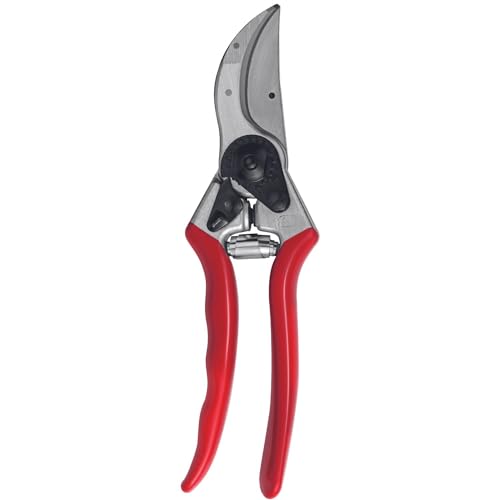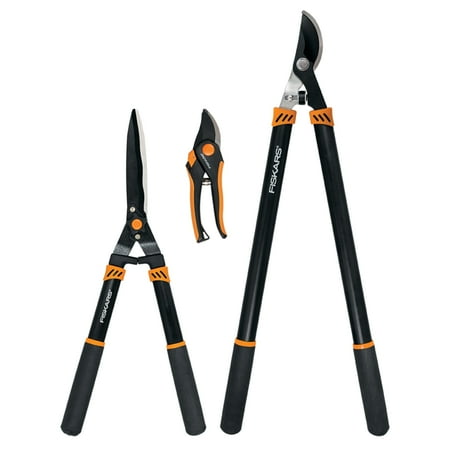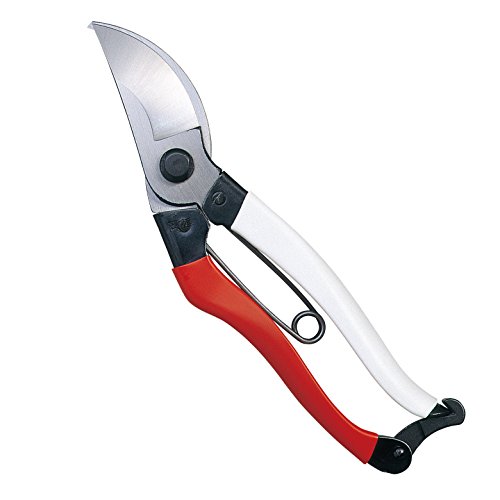I Worked in Large Public Gardens For Years, and Here Are 7 Fruits, Shrubs, and Flowers I Always Prune in November
Add these plants to your to-do list for the month ahead


November marks the end of the fall and is a transitional period into winter. It is a month when many gardens get the first frosts, which kill back summer-flowering plants, and deciduous trees and shrubs enter dormancy. As with any month in the gardening calendar, there is work to do, so let's take a look at some plants to prune in November.
There is no rush to get out with the pruning tools and get all the winter pruning done straight away, though. Many perennials curtailed by frosts offer benefits to wildlife, or can still provide beauty in a winter garden, while lots of shrubs are best pruned in late winter or early spring.
Then there are those plants that actively benefit from being pruned this month – those are the ones I focus on here, and you should add them to a fall gardening checklist. The list includes fruit bushes that reward your TLC with bumper crops, shrubs that require protection through trimming, and perennials that need pruning in November to stay healthy.
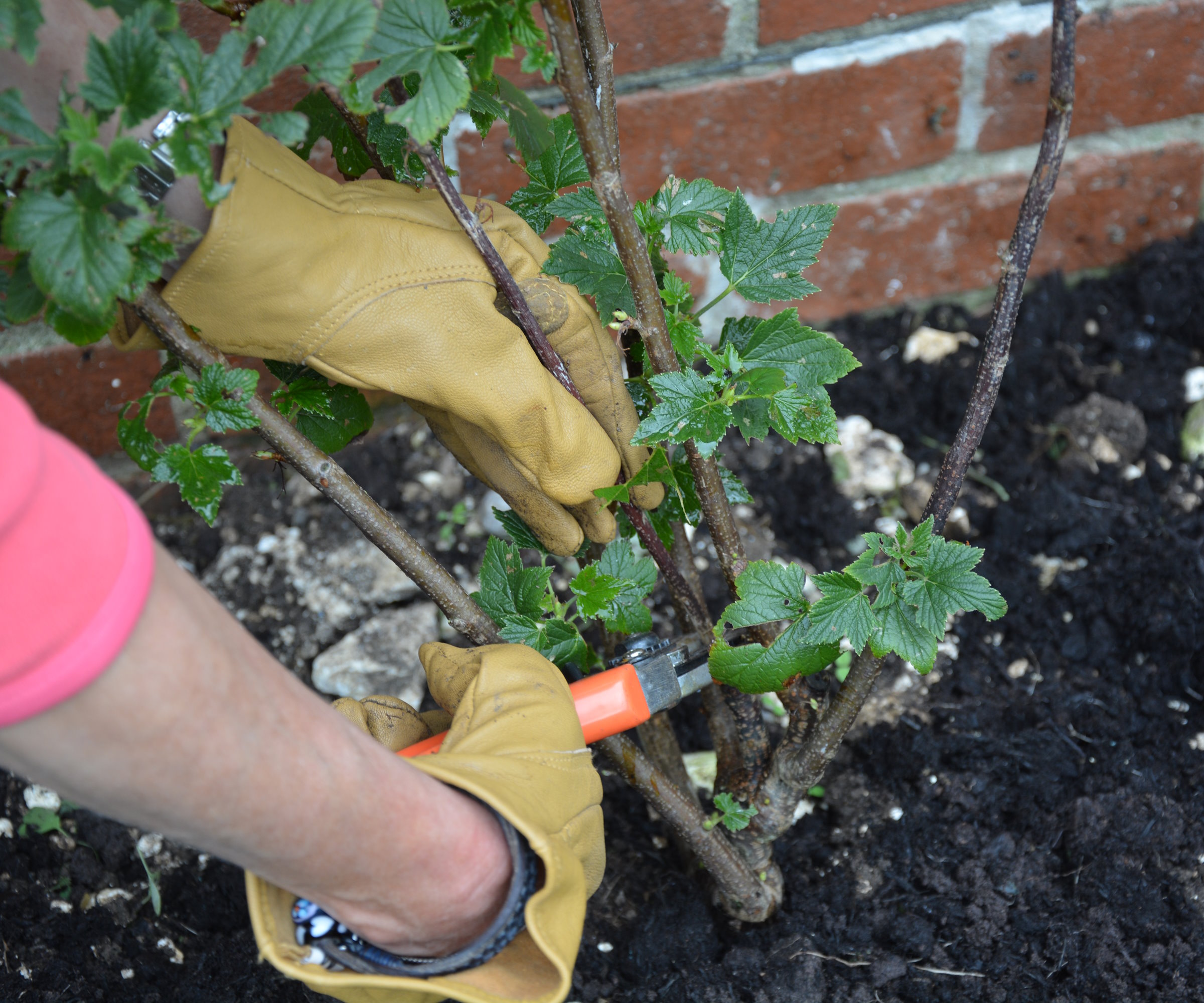
Plants to Prune in November
I spent many years working in large historic public and private gardens. November was a stunning month, as the garden displayed real beauty with the changing seasons, but it was always a busy time with lots of clearing, tidying, and trimming on the to-do list. The plants here were on those lists as flower beds, vegetable gardens, kitchen gardens, and glasshouses were given some TLC.
1. Blueberries
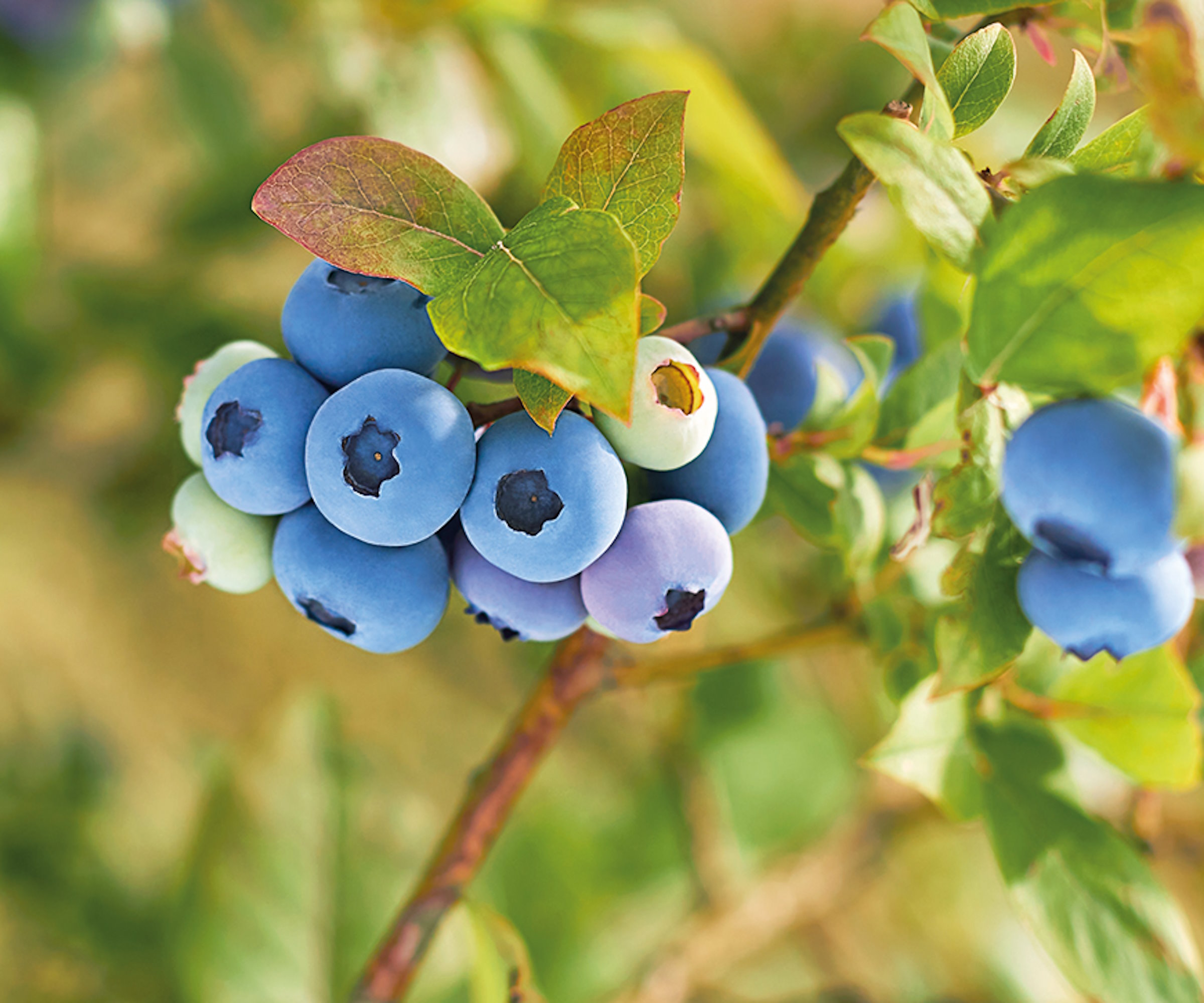
Blueberries are a fantastic soft fruit bush to grow, and one I have grown for many years, both in productive gardens I worked in and at home, where I grow blueberries in pots. Not only are the plants an easy superfood to grow, but once established and happy, they can give bumper harvests of fruits rich in vitamins and antioxidants.
Correct pruning is one of the key aspects to get right for a blueberry bush to fruit successfully, along with growing in ericaceous soil and fertilizing annually. Thankfully, knowing how and when to prune blueberries is not daunting.
Blueberries are pruned during dormancy, and the window to trim opens in November and runs until March.
Design expertise in your inbox – from inspiring decorating ideas and beautiful celebrity homes to practical gardening advice and shopping round-ups.
As for how to prune blueberries, they fruit on old wood that peaks at two or three years old, and then their productivity fades. Remove dead, diseased, or damaged branches, then focus on trimming out a third of the oldest stems – these will be darker in color than younger, more productive branches.
To keep bushes happy, fertilize blueberries with a feed especially designed for acid-loving plants in the spring, such as this acid mix all-natural fertilizer, available at Amazon.
2. Currants
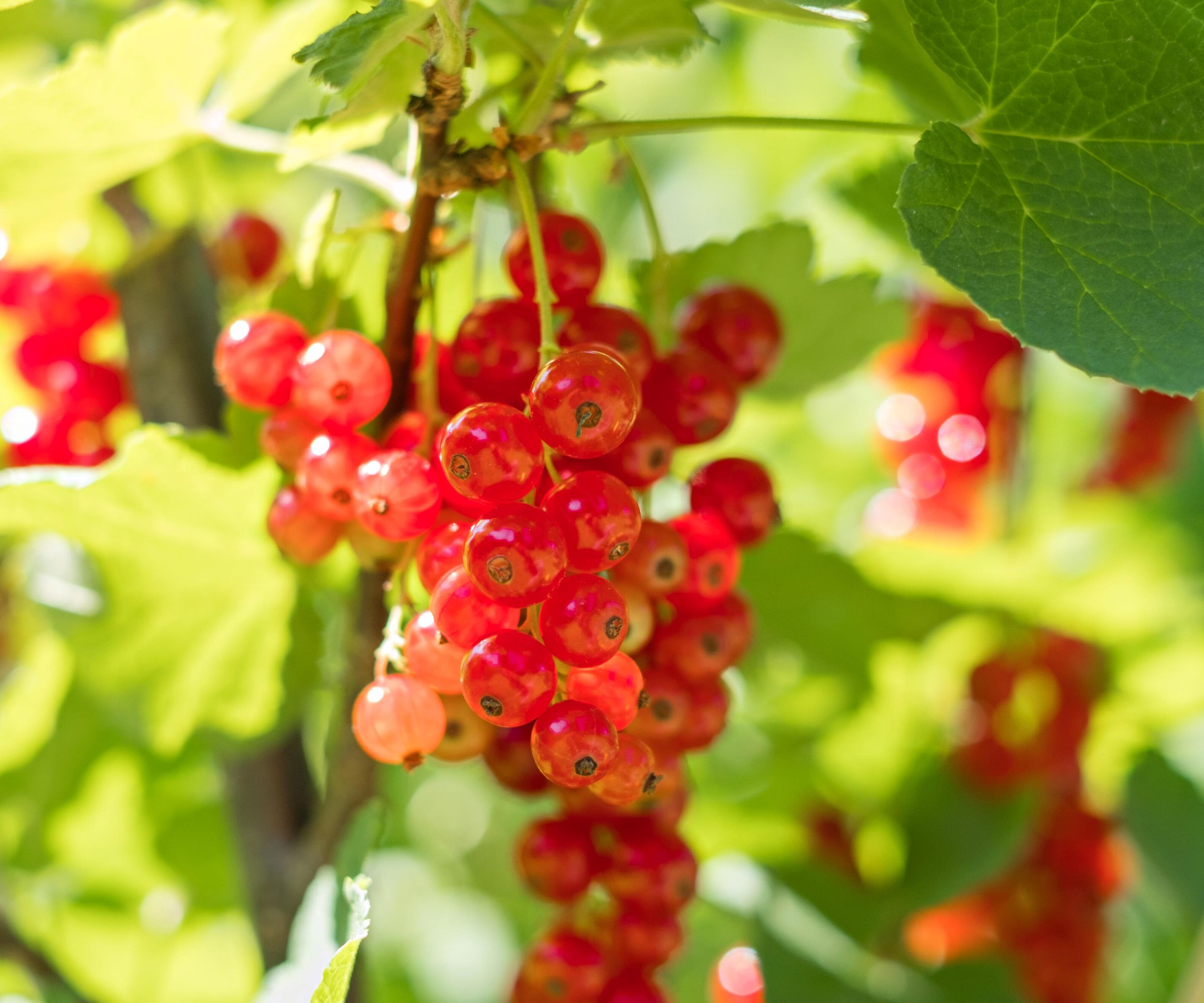
There are different types of currants to grow, including blackcurrants, whitecurrants, redcurrants, and more. While it may sound complicated, as there are different pruning techniques for certain types, they are all pruned during their dormancy, from November until late winter.
I have pruned many types of currants over the years, and am confident in telling you the pruning methods are simple, so I will outline the basic principles and differences below:
- For all currant bushes, start by removing any dead, diseased, or damaged branches, along with any that cross or rub with a pair of clean, sharp pruning shears or loppers
- To prune blackcurrants, the focus is on removing a third of the oldest wood each year, which will have the darkest bark, as well as any weak stems.
- To prune redcurrants and whitecurrants, it is similar to pruning gooseberries. Remove any branches older than three years, and then trim all side-shoots from the rest of the stems back to two buds.
3. Roses
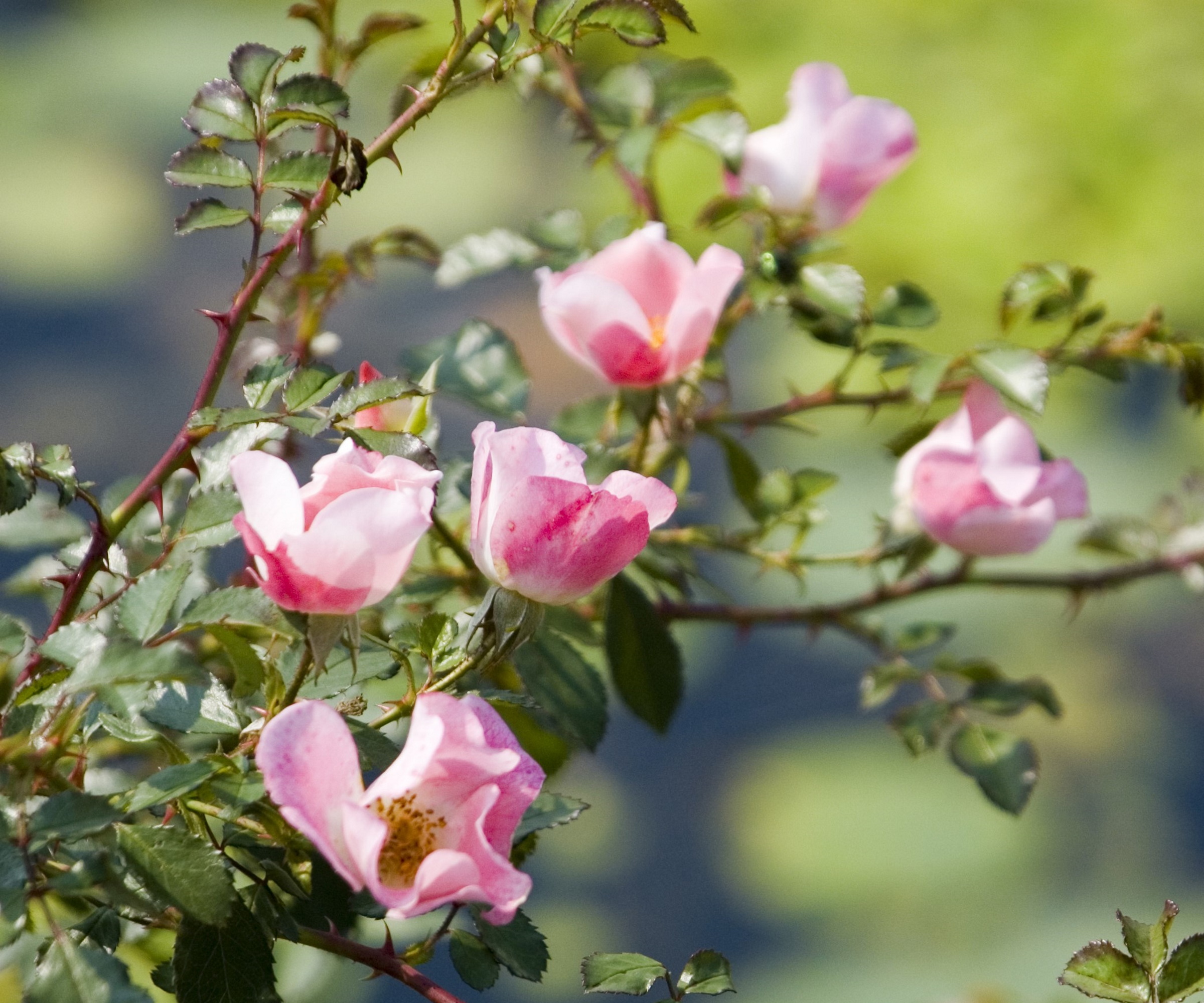
Hold fire, this isn't a call to arms to head out and properly prune roses. Instead, it is a note to lightly trim shrub and bush roses to prevent wind rock if you have roses growing in windy or exposed sites.
What is wind rock? It is a term used to describe how strong winds can damage roots and even dislodge plants from the soil by causing them to rock back and forth repeatedly. Pruning to prevent wind rock is advisable for any newly planted roses, tall shrubs, and those likely to be subjected to winter gales.
From someone who worked in one particular exposed northern garden that was hit with strong winds and featured many roses, this form of trimming comes highly recommended.
It can be quick and simple to keep roses safe. Just head out with your pruning tools after flowering and cut all the stems back by between a third and a half. That is all required; then wait to do your routine pruning in late winter or early spring.
4. Peonies
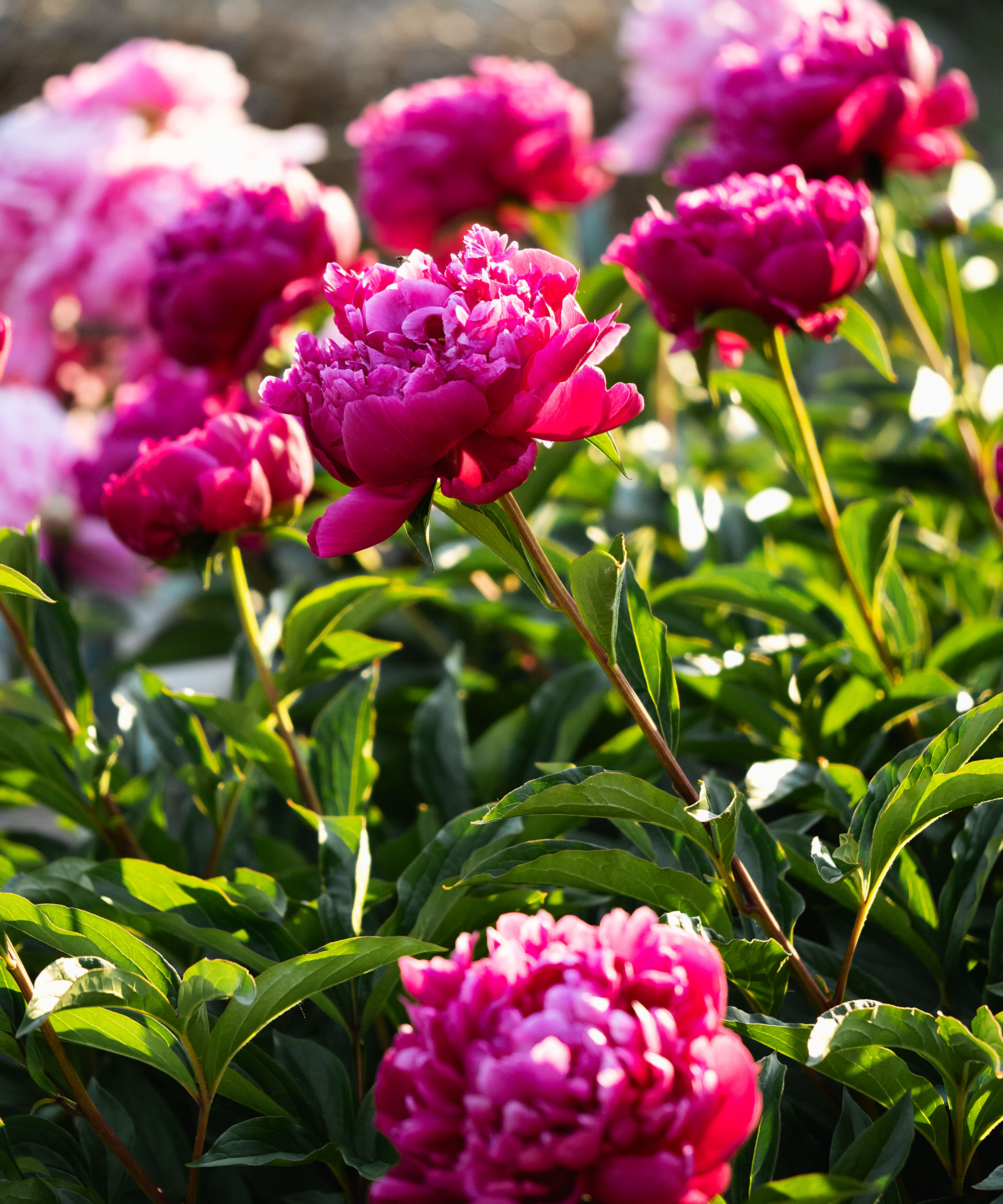
Herbaceous peonies should be cut back after the first fall frosts to keep them healthy and ensure they put on a spectacular display of big, blousy blooms again next year. Depending on your climate, the first frosts will hit the foliage and cause it to die back in October or November, so it is time to cut back peonies.
You cut back peonies in the fall to prevent diseases that commonly occur when growing peonies, which are capable of overwintering on plant debris to strike again come spring. Cutting back and clearing all the old foliage removes any bacteria or infections, so nothing will impact your peonies when they regrow once the temperatures warm.
It is as simple as cutting your herbaceous peonies down to an inch above the ground and clearing away the old material. Disease-free foliage can be used to make compost, but any showing signs of powdery mildew, blight, or mold should be bagged up and disposed of.
This method of trimming is only for herbaceous peonies. If you are growing tree peonies, as they should be pruned in the spring.
5. Grapes
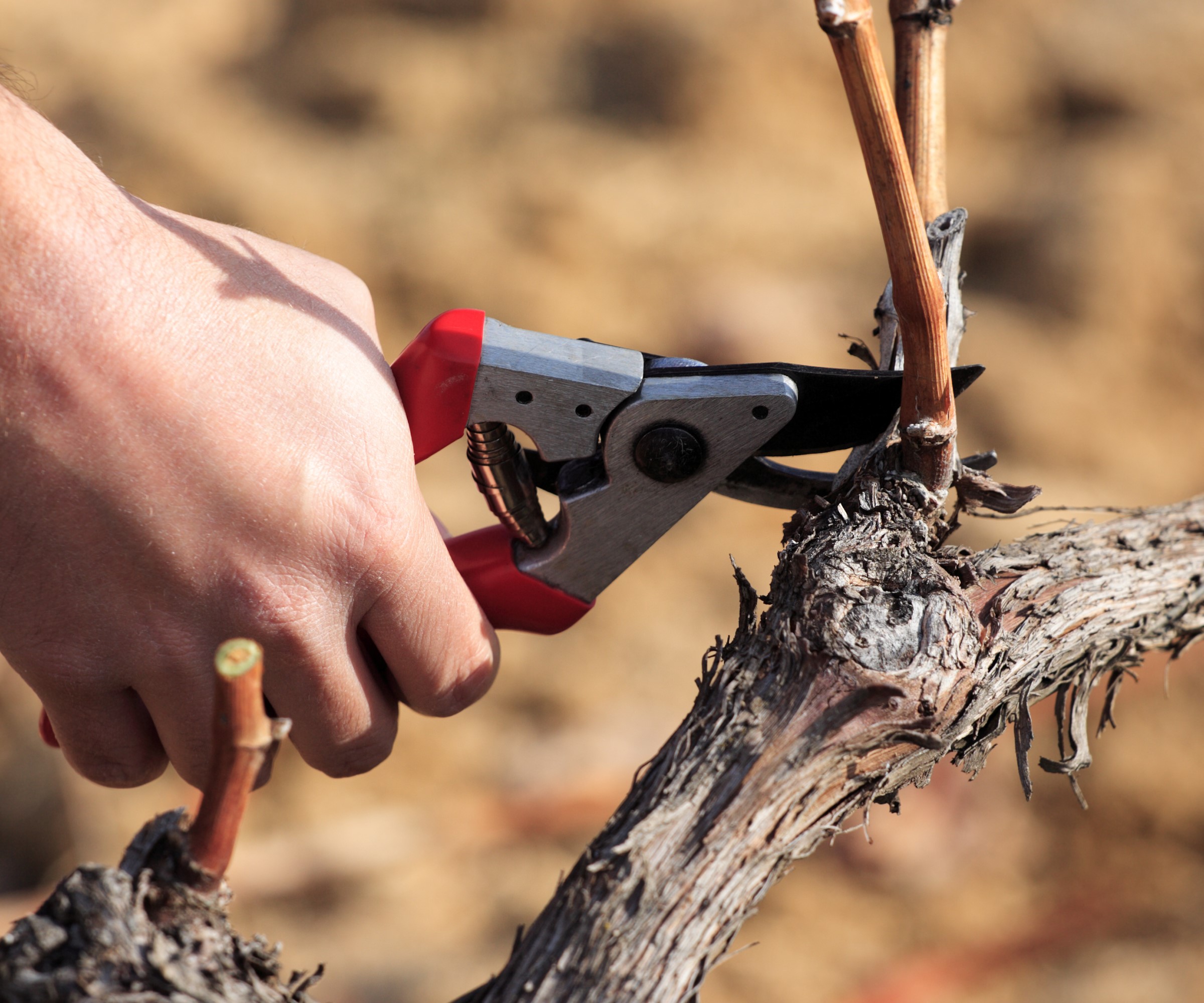
When you grow grapes, heavy winter pruning helps control and rejuvenate the vines, giving you a solid harvest the following year rather than a mass of smaller, unripe fruits. You prune grape vines during their dormancy period, which starts in November, and it needs to be done before the sap starts flowing.
If you grow grape vines indoors, such as in a greenhouse, it is a task best done sooner rather than later once the vines drop the last of their leaves and enter dormancy. I grew grapes in a greenhouse and a large orangery in a historic garden, and November was when we did the pruning each year.
Training grape vines is a very detailed job. However, to prune established grape vines, remove any diseased or damaged stems, and cut the side shoots off the main canes down to two or three strong buds.
It might feel excessive to prune so hard, but grapes are fast-growing climbing vines, and they produce fruit on the new growth prompted by the winter trimming.
6. Blackberry Lily

The blackberry lily (Iris domestica) is also known as the leopard lily or leopard flower, and, despite the name, it is a species of iris rather than a lily. It is a spectacular perennial, with its bowl-shaped orange blooms covered in red spots, but it has a few major issues, making it a perennial you want to cut back in the fall.
The first is to maintain its health. Like many irises, it is susceptible to iris borers, which feed on the rhizomes and overwinter on the plant's foliage. It is also very susceptible to fungal diseases, and those spores will also overwinter on any material left standing over the colder months.
Also, the blackberry lily is an invasive plant in the northern and eastern areas of the US. As a renowned self-seeding flower, cutting any plants you have growing back prevents them from spreading outside the confines of your garden and troubling native species.
7. Hostas
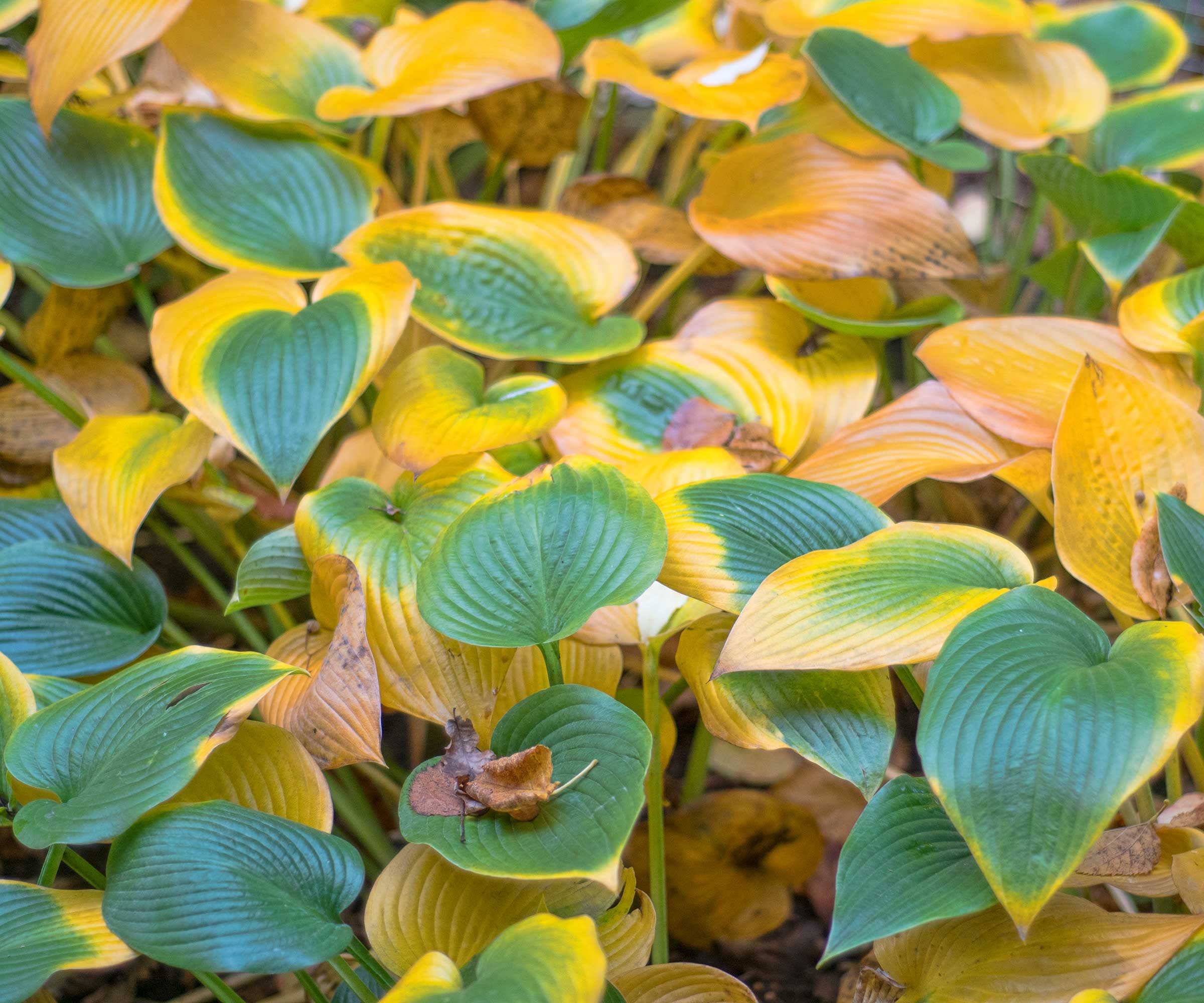
If you haven't already, take some time to cut back your hostas this month. It's a quick and straightforward task that provides two major benefits.
Simply put, hostas don't look attractive once the frost kills their foliage. The once lush green leaves, which hostas are grown for, turn yellow and slimy; they are certainly not visually appealing in flower beds or containers.
I worked in one large garden where masses of hostas were growing, and cutting them back in the fall helped avoid the unsightly view of a blanket of slimy foliage covering the soil.
Another reason to prune them this month is that dying foliage can become a breeding ground for pests and diseases. Slugs and snails are common problems when growing hostas, and they can overwinter their eggs in the foliage left on the ground over winter.
Decaying fungi can also overwinter bacteria and fungal spores, which can infect new growth in spring and spread diseases throughout the garden.
Shop Pruning Tools
I also previously highlighted a selection of fruit trees, shrubs, and perennials that may need pruning in November in another piece 12 months ago. All of the inclusions in that first article on plants to prune in November still deserve a place on your to-do list of fall gardening jobs, alongside these popular garden favorites that need pruning before winter arrives. Don't forget to add all these plants to your gardening plans.

Drew has worked as a writer since 2008 and was also a professional gardener for many years. As a trained horticulturist, he worked in prestigious historic gardens, including Hanbury Hall and the world-famous Hidcote Manor Garden. He also spent time as a specialist kitchen gardener at Soho Farmhouse and Netherby Hall, where he grew vegetables, fruit, herbs, and cut flowers for restaurants. Drew has written for numerous print and online publications and is an allotment holder and garden blogger. He is shortlisted for the Digital Gardening Writer of the Year at the 2025 Garden Media Guild Awards.
